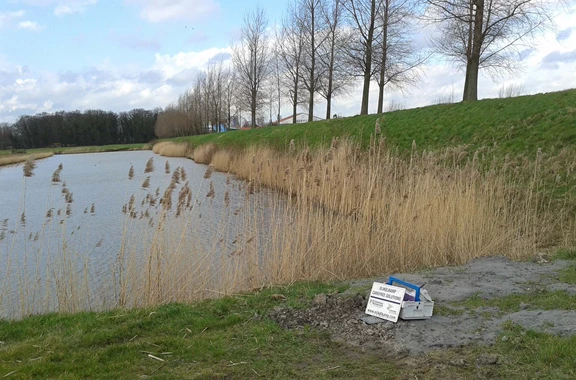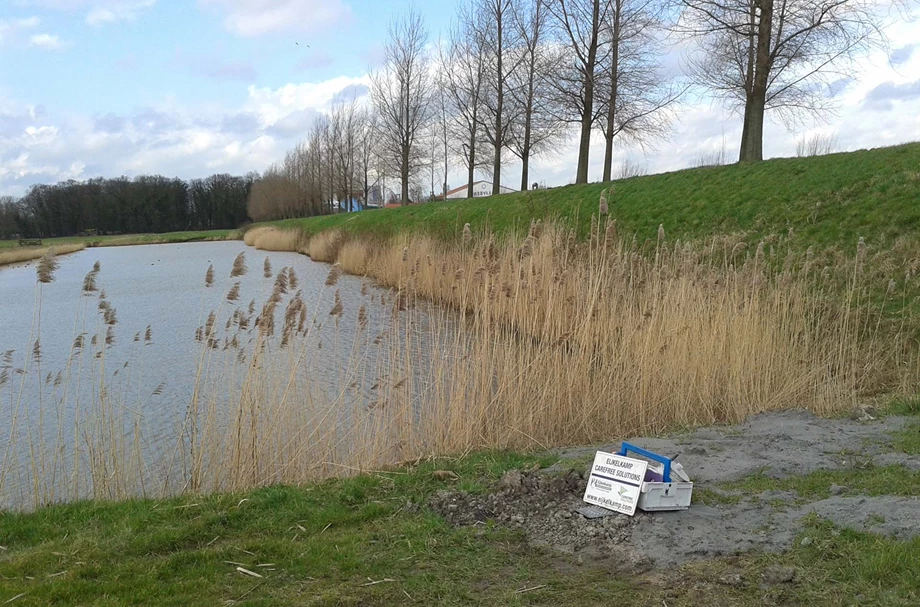


The Hague has an increasing number of inhabitants, visitors and companies. As a result, the roads around the city are getting busier. Project 'De Rotterdamsebaan' aims to improve the accessibility of The Hague. The municipality wants to do this by connecting the national trunk road network (A4/A13) to the Centre Ring Road.
The Rotterdamsebaan has a tunnel of 1.5 kilometers. Each tunnel tube has two lanes. The deepest point of the road will be approximately 29 meters below ground level. Before the tunnel is drilled, the Municipality of The Hague wants to monitor groundwater levels for a year. This way, they can get a good idea of the effects of the seasons on groundwater levels.
I always say I can finance three projects from one damage claim. That describes the importance of accurate groundwater data

The municipality wants to prevent dangerous situations by extensively monitoring groundwater levels. This happened, for example, during the construction of the Utrechtsebaan (an important road connection between The Hague and Utrecht). When the Utrechtsebaan was constructed, too much groundwater was extracted. As a result, entire neighborhoods dried up and piles began to rot. Damage claims followed. Thieu Mimpen, Survey Team Manager of the Municipality of The Hague: 'I always say I can finance three projects from one damage claim. That describes the importance of accurate groundwater data.'
'We have installed two monitoring wells for each measuring site. Some of them are read by personnel on site and some are read telemetrically (automatically and remotely). Initially, we intended to read all of them on site every three months, but that turned out to be unfeasible. Especially in the vicinity of the golf course. There, it is difficult to locate the measuring sites, while the golf balls are whizzing past your head! Another advantage of telemetric reading is that you receive a signal if a measuring station temporarily fails for any reason. In total we have 18 sites that are read telemetrically and 32 read by personnel.'
'Why did the Municipality of The Hague choose Royal Eijkelkamp? We were enthusiastic about the entire system. Royal Eijkelkamp’s price was the most competitive of the three firms submitting tenders, and our interview was simply the best.'

Need advice choosing the right product for your application? Our specialist Sandra is happy to help.